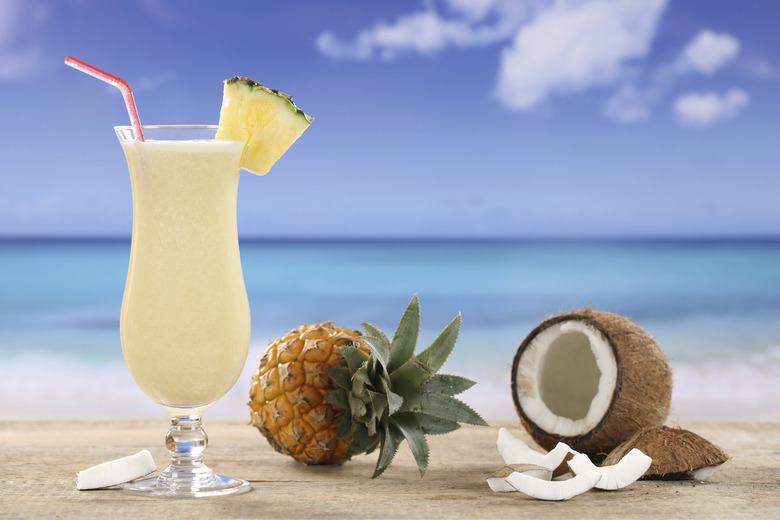How Does Alcohol Dissolve Oil?
The extent to which substances dissolve in each other depends on their chemical properties and the conditions under which they are mixed. Dissolving is the process by which solid, liquid or gaseous substances become incorporated into other gases or liquids to form a solution. To understand how oil dissolves in alcohol, it is essential to understand the chemical characteristics of each and the principles underlying the process.
Miscibility
Miscibility
Miscibility is the ability of two or more liquids to mix and form an even solution. When two liquids dissolve in one another, they are miscible. Oil and alcohol are miscible (can mix evenly). The principle of miscibility helps to explain how oil does not mix with water but does mix with alcohol. When a droplet of oil is dropped into a container filled with alcohol, it fully dissolves, implying that oil is miscible with alcohol.
Molecular Similarity
Molecular Similarity
Dissolving depends on the molecules of the liquid — the solvent — and the molecules of the substance being dissolved — the solute. Compounds with similar molecules easily dissolve with each other. Because molecules of oil and alcohol have similar enough polarities, they do not repel each other enough to separate. This explains how alcohol dissolves oil.
Polarity
Polarity
Polarity comes from the electrical charges of molecules in a substance. Molecules are made up of atoms which in turn contain positively-charged protons, negative electrons and neutral neutrons. A covalent molecule consists of atoms that are bound together through sharing their electrons. In a non-polar molecule, the electrons are shared equally, resulting in a neutral charge around the molecule. In a polar molecule, one or more atoms "hog" the electrons, resulting in a partial negative charge at that part, balanced by a partial positive charge at other parts. Alcohol (ethanol) is a molecule has both polar and nonpolar parts, while oil is completely nonpolar. Since they both have parts with no charge, they are similar enough to not repel each other and mix evenly together.
Dissolving Principle
Dissolving Principle
Alcohol dissolves oil following the principle "like dissolves like." This approach is derived from the fact that substances with polar molecules dissolve with those with polar molecules. Similarly, those with nonpolar molecules dissolve with others containing nonpolar molecules. As a result, molecules of the solvent are electrically drawn to the molecules of the solute with similar polarity while unlike molecules are repelled.
Analysis
Analysis
Since alcohol is amphipathic (contains polar and nonpolar ends), it can mix with water (which is polar). This explains why a mixture of alcohol and water can dissolve oil. However, the amount of oil that will dissolve depends on whether there is more water or alcohol to the mixture. Also, when water (polar molecules) fails to dissolve oil (nonpolar), it forms globules or visible particles of oil, signifying that they are immiscible.
Cite This Article
MLA
Bigge, Richard. "How Does Alcohol Dissolve Oil?" sciencing.com, https://www.sciencing.com/info-12066577-alcohol-dissolve-oil/. 9 January 2018.
APA
Bigge, Richard. (2018, January 9). How Does Alcohol Dissolve Oil?. sciencing.com. Retrieved from https://www.sciencing.com/info-12066577-alcohol-dissolve-oil/
Chicago
Bigge, Richard. How Does Alcohol Dissolve Oil? last modified March 24, 2022. https://www.sciencing.com/info-12066577-alcohol-dissolve-oil/
